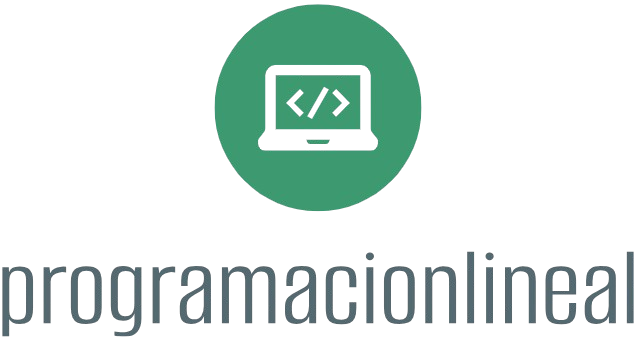Getting started with blockchain development can seem daunting due to the complexity and variety of technologies involved. However, with the right approach and resources, you can confidently embark on your journey into the world of blockchain. Here’s a structured guide to help you get started:
- Understand Blockchain Fundamentals
Before diving into development, it’s important to grasp the basic concepts of blockchain technology. Familiarize yourself with:
– What is Blockchain?: Learn about decentralized ledgers, consensus mechanisms, and the immutability of blockchain.
– How Blockchain Works: Understand the key components, such as blocks, transactions, miners, and nodes.
– Types of Blockchains: Explore public vs. private blockchains, permissioned vs. permissionless, and various consensus algorithms (Proof of Work, Proof of Stake, etc.).
- Learn About Cryptography
Blockchain relies heavily on cryptographic principles. Key concepts include:
– Hash Functions: Understand how hashing helps in creating secure blocks.
– Digital Signatures: Learn how they ensure transaction authenticity.
– Public Key Infrastructure (PKI): Familiarize yourself with how public and private keys work in a blockchain environment.
- Choose a Programming Language
Depending on the blockchain platform you choose to work with, you’ll need to learn a suitable programming language. Popular choices include:
– Solidity: The primary language for writing smart contracts on Ethereum.
– Python: Useful for creating blockchain applications and working with libraries.
– Go: Commonly used in blockchain platforms like Hyperledger Fabric and Tendermint.
– JavaScript: Used in various blockchain projects and for building decentralized applications (dApps).
- Explore Blockchain Platforms
Familiarize yourself with different blockchain platforms to see which suits your development goals:
– Ethereum: The most popular platform for creating decentralized applications and smart contracts.
– Hyperledger Fabric: Used for building private blockchains, designed for enterprise solutions.
– Binance Smart Chain: Offers faster and cheaper transactions compared to Ethereum.
– Polygon: A layer-2 scaling solution for Ethereum, making dApps faster and cheaper to operate.
- Set Up Your Development Environment
To start development, set up your local environment:
– Node.js: Install Node.js for JavaScript development.
– Truffle Suite: A popular framework for Ethereum development that includes tools for smart contract compilation, deployment, and testing.
– Ganache: A personal Ethereum blockchain for testing smart contracts.
– MetaMask: A browser extension that acts as a wallet for managing your Ethereum accounts and connecting to decentralized applications.
- Build Your First Smart Contract
Start with a simple project to build your understanding:
- Install Solidity: If you are using Truffle, it will install Solidity as part of the package.
- Write Your Smart Contract: Create a simple smart contract using Solidity. Here’s an example of a simple contract:
“`solidity
pragma solidity ^0.8.0;
contract HelloWorld {
string public message;
constructor(string memory initialMessage) {
message = initialMessage;
}
function updateMessage(string memory newMessage) public {
message = newMessage;
}
}
“`
- Deploy Your Smart Contract: Use Truffle or Remix (an online IDE) to compile and deploy your smart contract to the Ethereum test network (Ropsten or Rinkeby).
- Develop a Decentralized Application (dApp)
Once you’re comfortable with smart contracts, you can start building dApps:
- Frontend Framework: Use frameworks like React, Angular, or Vue.js to create the frontend of your dApp.
- Web3.js or Ethers.js: Use these JavaScript libraries to interact with your smart contracts from the frontend of your application.
- Connect Your dApp to the Blockchain: Use MetaMask to connect your frontend application to your deployed smart contracts.
- Learn About Security and Testing
Security is crucial in blockchain development:
– Understand Common Vulnerabilities: Learn about common smart contract vulnerabilities such as reentrancy, integer overflow/underflow, and others.
– Testing: Use testing frameworks like Mocha or Chai (with Truffle) to write tests for your smart contracts to ensure they function as intended.
- Engage with the Community
Engage in forums and communities dedicated to blockchain development:
– Stack Overflow: Ask questions and find answers related to blockchain development.
– GitHub: Explore open-source blockchain projects and contribute to them.
– Reddit and Discord: Join relevant communities to interact with other developers and learn from their experiences.
- Explore Additional Resources
Keep learning by taking advantage of diverse resources:
– Online Courses: Platforms like Coursera, Udemy, and edX offer courses on blockchain development.
– Books: Consider reading books such as “Mastering Bitcoin” or “Mastering Ethereum”.
– Documentation: Always refer to the official documentation of the platforms and libraries you’re using.
Conclusion
Getting started with blockchain development involves understanding core concepts, choosing the right tools, writing smart contracts, and building dApps. With dedication, practice, and engagement with the community, you can successfully navigate the blockchain development landscape. Start small, and gradually progress toward more complex projects as your skills grow.











